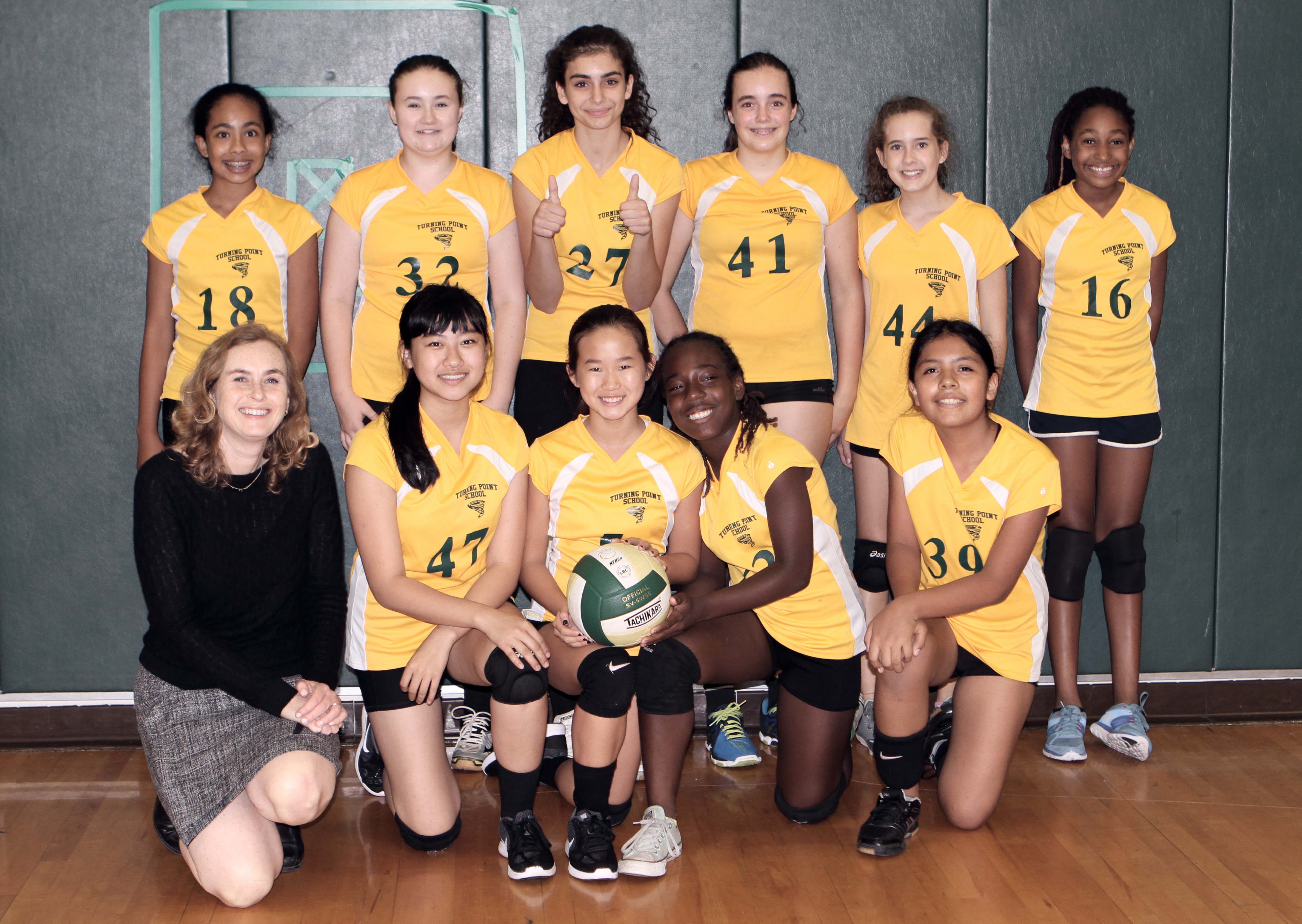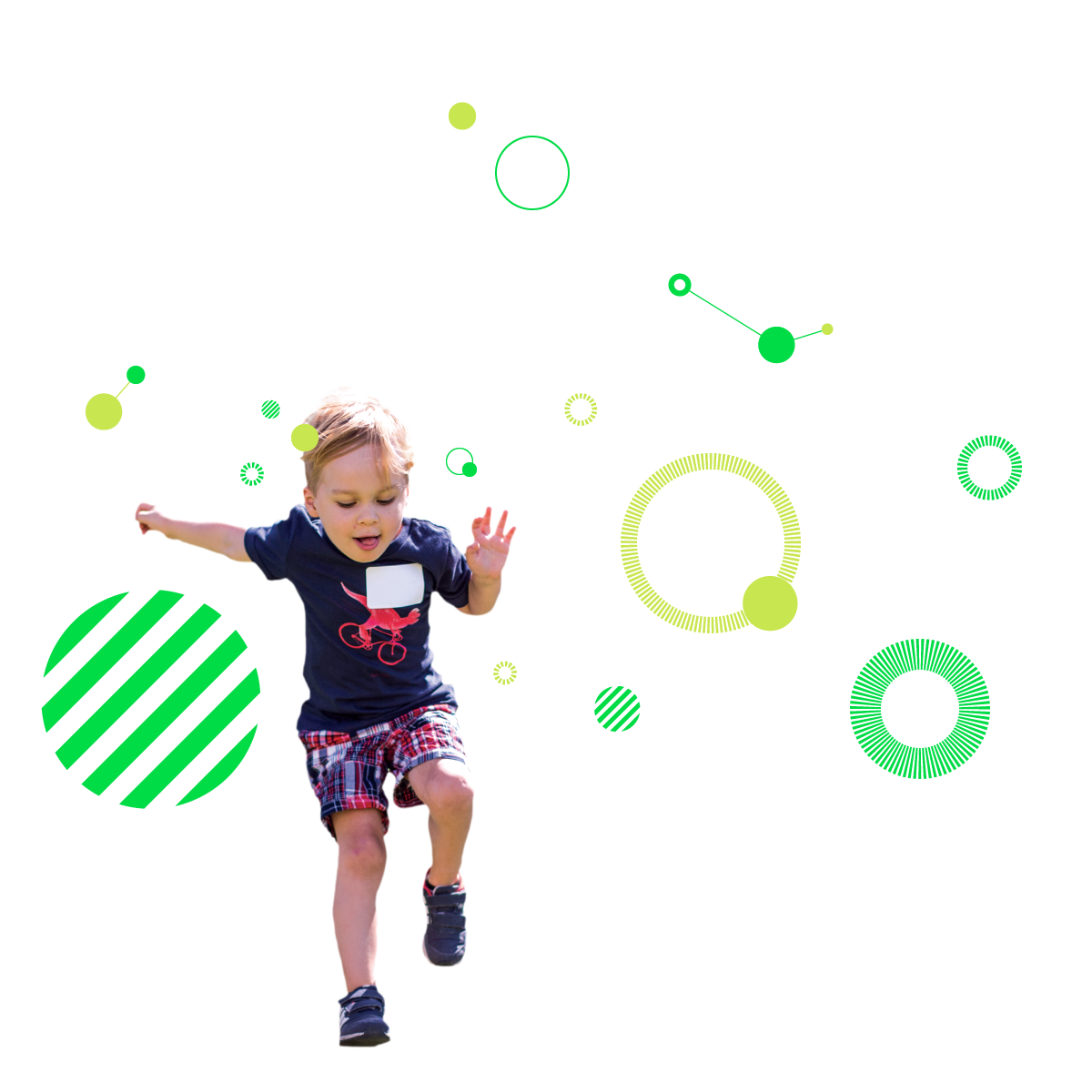
If you are the parent of a preteen or early adolescent, you may find yourself wondering what is going on with your child, or more specifically, what is going on in your child’s brain. For decades, adolescent brains were simply seen as incomplete adult brains—and adults’ attitudes corresponded accordingly, as we tried to protect preteens and teens from themselves as they struggled through time of brain growth into full maturity.
At Turning Point we know, and recent research suggests, that healthy adolescent brains have purpose and intentionality. Teenagers are drawn to risk-taking, and now we understand that teens have a higher sensitivity to dopamine, the neurotransmitter that plays a significant role in reward-motivated behavior. It is released during pleasurable activity, and during adolescence its release in response to experience is higher; in other words, teens are compelled by stimulating and novel experiences, and the threshold for boredom is lower. Dopamine makes teens feel more alive in new situations.
Because teens’ frontal cortexes, responsible for decision making, judgment, rational thinking, and predicting, do not fully develop until their mid-20s, early adolescents especially tend to think hyperrationally, and not see the bigger picture; they tend to focus on the potentially positive outcomes of a particular situation without balancing the downsides or risks. Their cortical structure, combined with dopamine and the increased influence of peers, can sometimes set a perfect stage for making regrettable mistakes. But this risk-taking drive also has evolutionary purpose. How else would young people leave their tribes or villages to diversify the human species?
Adolescence is still a time of transition from dependence to interdependence, and we still encourage our teens to try new things and eventually leave home—probably to invent jobs in areas we cannot yet identify!
In addition, research reveals that these very same neurotransmitters and brain chemistry can actively stimulate learning. The release of dopamine stimulates the striatum, an area of the brain involved in learning as well as episodic memory. When something great happens, we tend to remember more details about it. At Turning Point, we thoughtfully design our curriculum in a way that allows students to link learning with positive feelings. As a result, they are better able to internalize knowledge, and will also pursue learning more doggedly, because they are looking for more stimulation. Studies show that this sharp episodic memory contributes to proficient cognitive capabilities that, in some cases, outperforms those of adults.
This is promising and powerful news for educators and parents. One hallmark of our middle school program is its many program offerings that require students to step out of their comfort zone, whether designing experiments, solving problems in a coding project, auditioning for the musical, competing in a new sport, resolving interpersonal conflicts, practicing speaking Spanish aloud, arguing an unpopular position, or mentoring younger students. Our skilled and dedicated teachers put a premium on knowing our students deeply and helping them develop their own internal compasses to use when navigating the uncertain waters of adolescence.
Middle School parents will see evidence of this evolution in the parent/advisor/student conferences next week; by eighth grade, students are adept at demonstrating that they are well equipped with knowledge and self-assurance that will serve them, their peers, and the larger community. This is a result of Turning Point’s thoughtful educational program—one that not only understands and respects the specific needs of early adolescence, but is set up to foster the growth that will steer young adults toward positive and rewarding risk-taking, supported by adults who know and care about them.
![]()
Laura


































